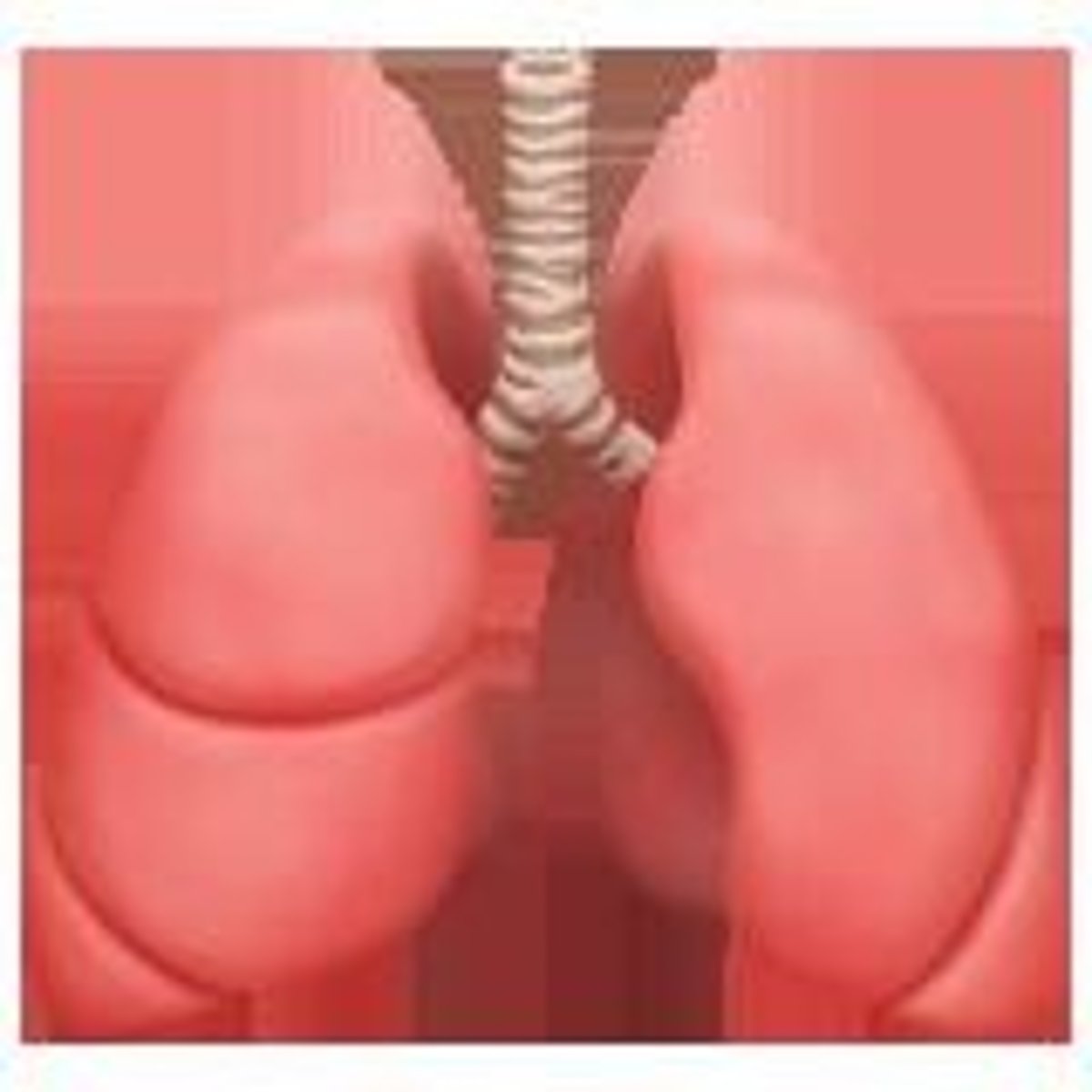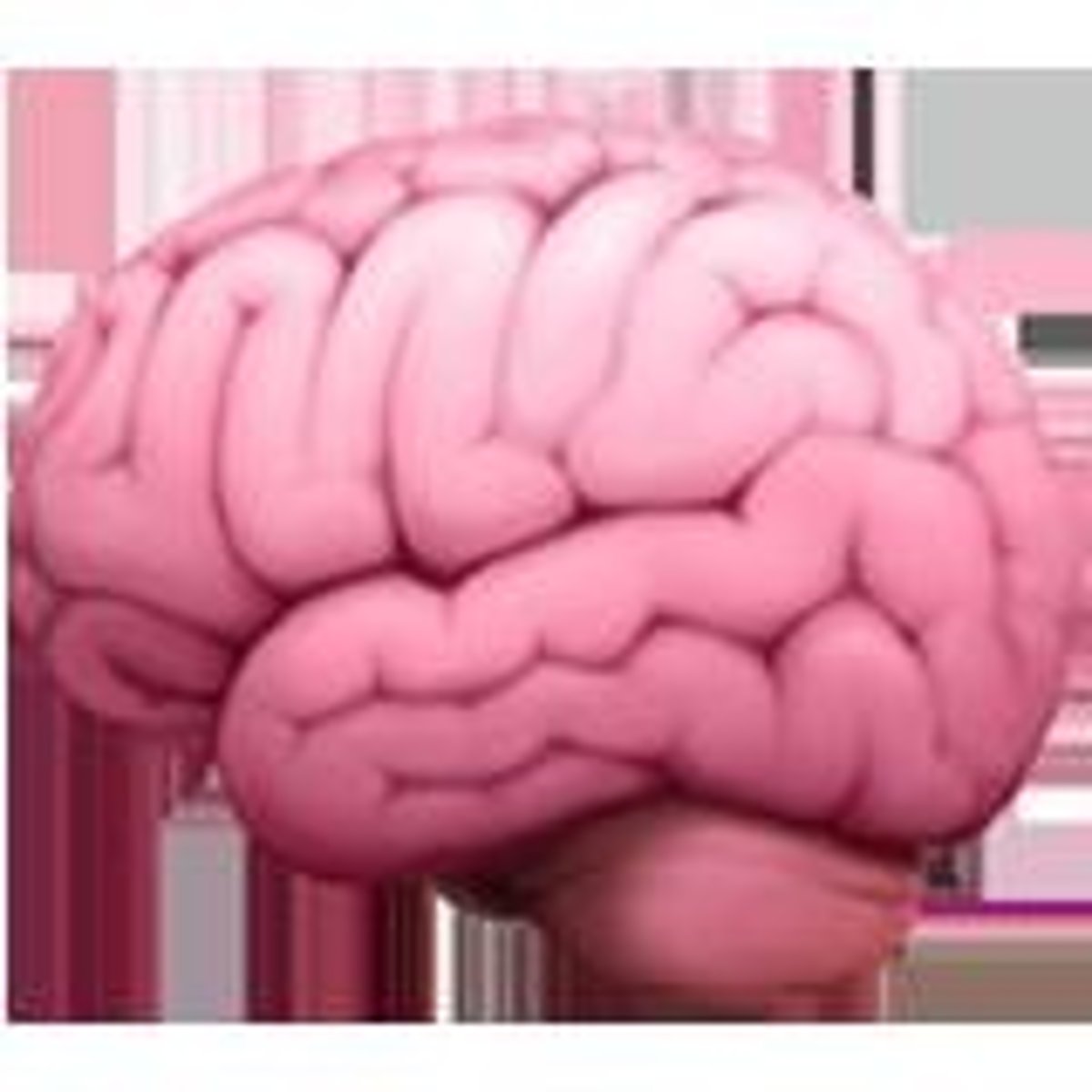Comprehensive EMT Study Guide on Medical Emergencies
1/227
There's no tags or description
Looks like no tags are added yet.
Name | Mastery | Learn | Test | Matching | Spaced |
|---|
No study sessions yet.
228 Terms
Upper Airway
Nose, Mouth, Pharynx (nasopharynx, oropharynx, laryngopharynx), Larynx (Voice box).
Lower Airway
Trachea, Bronchi & Bronchioles, alveoli, lungs.

Inhalation
Active process where diaphragm & intercostals contract, chest cavity expands, negative pressure draws air into the lungs.
Exhalation
Passive process where diaphragm relaxes, chest cavity decreases, air is pushed out due to positive pressure.
Signs of adequate breathing
Normal rate (12 - 20), equal chest rise, regular rhythm, mental status and skin color.
Signs of inadequate breathing
Too fast/too slow or irregular, shallow chest rise, nasal flare, accessory muscle use, cyanosis, altered LOC, diminished/absent breath sounds.
Assessment of dyspnea and apnea
OPQRST/SAMPLE, RRQ, Lung Sounds, SPO2, retraction etc.
Care for dyspnea and apnea
Ensure an open airway, administer oxygen (if needed), suction (if needed), and use a BVM if breathing is inadequate or absent; rapid transport is also necessary.
Importance of suction techniques
Prevents aspirations and airway blockage; no more than 15 sec (adults) and 10 sec (children).
Signs of adequate Positive Pressure Ventilation
Chest rises, improved skin color/mental status, heart rate normalizes.
Signs of inadequate Positive Pressure Ventilation
No chest rise, gastric distention, worsening mental status, no improving vitals.
Respiratory Distress
Increased work of breathing; still compensating.
Respiratory Failure
Inadequate oxygenation/ventilation; impending arrest.
Respiratory Arrest
No breathing; requires BVM/CPR.
COPD
Chronic bronchitis or Emphysema.
Triggers of COPD
Smoking, infection, pollution.
Signs of COPD
Wheezing, productive cough, barrel chest, pursed lips.
Treatment for COPD
Oxygen (beware of hypoxic drive), assist inhaler, transport.
Brain Function
Controls thoughts, motor/sensory function, and autonomic function.

Spinal Cord Function
Relays signals between the brain and the body.
Ischemic Stroke
Blockage of the artery.
Hemorrhagic Stroke
Ruptured vessel/bleeding in the brain.
TIA
Temporary blockage; resolves within 24 hours.
Signs of Neurologic Emergencies
Sudden numbness/weakness (often one side), facial droop, slurred speech, confusion, vision problems, balance/coordination issues.
Generalized Seizures
Full body convulsions; LOC.
Focal-Onset Seizures
Localized to part of the body; may or may not lose consciousness.
Status Epilepticus
Seizures >5 min or multiple without regaining consciousness.
Stages of Seizures
Aura (warning sensation), Tonic (muscle stiffness), Clonic (jerking movements), Postical (confused, sleepy recovery phase).
Postical State
Immediately following a seizure, during which the brain is recovering.
Postical Care
Open the airway and monitor for adequate breathing, suction if the patient vomits or has excessive salivation, protect the patient in the LLR to prevent aspiration, and provide oxygen if the patient is cyanotic.
Altered Mental Status
Any change in LOC, awareness, or behavior
AEIOU-TIPS
A mnemonic for possible causes of altered mental status: Alcohol, Epilepsy, Insulin, Overdose, Uremia, Trauma, Infection, Psych, stroke
Acute Abdomen
Sudden, severe abdominal pain
Referred Pain
Pain felt elsewhere
Gastrointestinal Hemorrhage
Vomiting blood, bloody stool
Peritonitis
Inflammation of the abdominal lining
Ulcerative Disease
Sores in the stomach or intestines
Kidney Disorders
Conditions such as stones, infection, renal failure
Endocrine System
Glands that secrete hormones (pancreas, thyroid, adrenal glands)
Diabetes Mellitus
A group of diseases that result in high blood sugar (hyperglycemia)
Hyperglycemia
High blood sugar (slow onset; dry skin, fruity breath)
Hypoglycemia
Low blood sugar (rapid onset; sweating, confusion, seizure)
Blood Function
Transport O2, nutrients, hormones, clotting, and Immune response
Allergic Reaction
Localized; mild symptoms like rash, itching, or hives
Anaphylaxis
Life-threatening systemic reaction involving 2+ body systems (e.g., respiratory and cardiovascular)
Local Response to Allergens
Swelling, itching, redness at the contact site
Systemic Response to Allergens
Airway swelling, bronchoconstriction, hypotension, widespread rash
Types of Allergens
Insect stings, Food, Medication, Latex, Environmental
Primary Assessment in Anaphylaxis
Importance of managing the ABCs for a patient experiencing an anaphylaxis reaction
Airway Swelling
Can lead to obstruction; signs include stridor, wheezing, or absent breath sounds
Hypotension
Signs or shock indicating low blood pressure.
ABC's
Immediate focus on Airway, Breathing, and Circulation.
Transport decision factors for allergic reaction
Early transport is critical even if the symptoms improve.
ALS backup
Advanced Life Support backup for airway management or IV epinephrine.
Epinephrine administration
If epinephrine is administered, patients must go to the ER.
Signs of respiratory distress
Signs or symptoms indicating difficulty in breathing or shock.
Known allergen exposure
Exposure to a known allergen with involvement of multiple systems.
Contraindications in emergency settings
No contraindications for administering epinephrine in emergencies.
Toxicology
Study of poisons.
Poison
Harmful substance when ingested, inhaled, injected, or absorbed.
Toxin
Poison from plants, animals, or bacteria.
Overdose
Excessive dose of substance, often drugs.
Signs and symptoms of poisoning
Nausea, vomiting, altered mental status, respiratory distress, burns around mouth, seizures, pupillary changes.
Methods of poison entry
Ingestion, inhalation, injection, absorption.
Airway management in poisoning
Maintain airway, suction as needed, administer oxygen, be prepared for assisted ventilation.
Assessment and treatment of overdose
Signs/symptoms, ABCs + Vitals, SAMPLE history, look for pill bottles, needles, substances, Naloxone, rapid transport.
Scene safety concerns
Don't enter hazardous material scenes unless safe; call for law enforcement for violent patients.
Opioid overdose management
Begin CPR if pulseless, ventilate with BVM, administer Naloxone, use AED.
Food poisoning assessment
Nausea, vomiting, diarrhea, may involve fever; treatment includes fluids and monitoring for dehydration.
Behavioral crisis
Situation where behavior is unacceptable or dangerous.
Acute Psychosis
Severe break with reality, including hallucinations and delusions.
Schizophrenia
Chronic disorder characterized by hallucinations, delusions, and disorganized speech.
Emergency care for psychiatric patients
Signs/symptoms, calm and non-threatening approach, do not play into delusions, restraints only if necessary.
Excited delirium
Agitation, aggression, hyperthermia, and possible sudden death.
Restraint methods
Use the least restrictive means, document time, reason, method, monitor airway and circulation continuously.
Suicide risk behaviors
Direct threats or talking of dying, depression, hopelessness, sudden calmness after distress; ask directly about suicide.
PTSD issues in veterans
May react violently to loud noises or physical touch, respect personal space, calm environment, flashbacks are common.
Behavioral health emergency legal issues
Informed consent may not be possible, implied consent applies if threat to self/others, document thoroughly, involve law enforcement if needed.
Thromboembolism
Blood clot blocks blood flow, can lead to MI, PE, or stroke.
Angina Pectoris
Chest pain due to poor oxygen supply to heart, lasts <10 min, relieved by rest or nitro.
Myocardial Infarction
Blockage of coronary artery causes tissue death, signs include crushing chest pain, radiating pain, nausea, sweating, dyspnea.
Hypertension
High blood pressure, often asymptomatic, can lead to stroke or heart failure.
Shock (Hypoperfusion)
Inadequate tissue perfusion leads to organ failure.
CPR Guidelines for Adults
Compression:Ventilation ratio of 30:2, rate of 100-120/min, depth ≥2 in.
CPR Guidelines for Children
Compression:Ventilation ratio of 30:2 (1 rescuer), 15:2 (2 rescuers), same rate and depth as adults.
CPR Guidelines for Infants
Compression:Ventilation ratio of 30:2 (1 rescuer), 15:2 (2 rescuers), depth of 1.5 in.
Advanced airway management
Continuous compressions with 1 breath every 6 seconds.
Pacemakers
Small lump near clavicle; avoid during AED pad placement.
AICD
Automatic Implanted Cardiac Defibrillator; may shock patient unexpectedly.
LVAD
Left Ventricular Assist Device; mechanical pump; patient may not have pulse or normal BP.
Heart
Four chambers (two atria, two ventricles) pump blood; right side takes in deoxygenated blood, left side pumps oxygenated blood.
Arteries
Carry oxygen-rich blood from heart under high pressure; thick muscular walls.
Veins
Carry deoxygenated blood to heart; thinner walls, have valves to prevent backflow.
Capillaries
Tiny vessels between arteries and veins where gas/nutrient exchange occurs.
Blunt trauma
Doesn't break skin but can damage vessels/organs internally.
Perfusion
Flow of oxygen-rich blood to tissues; internal bleeding reduces perfusion → hypoxia, shock.
Rapid internal blood loss
Dangerous because signs may be delayed (e.g., tachycardia, hypotension).
BSI (Body Substance Isolation)
Use gloves + eye/face shields.
Bloodborne pathogens
Remain a real hazard.
Conditions of Internal Bleeding
Injuries to spleen, liver, kidneys, pelvic fractures, long bone fractures.